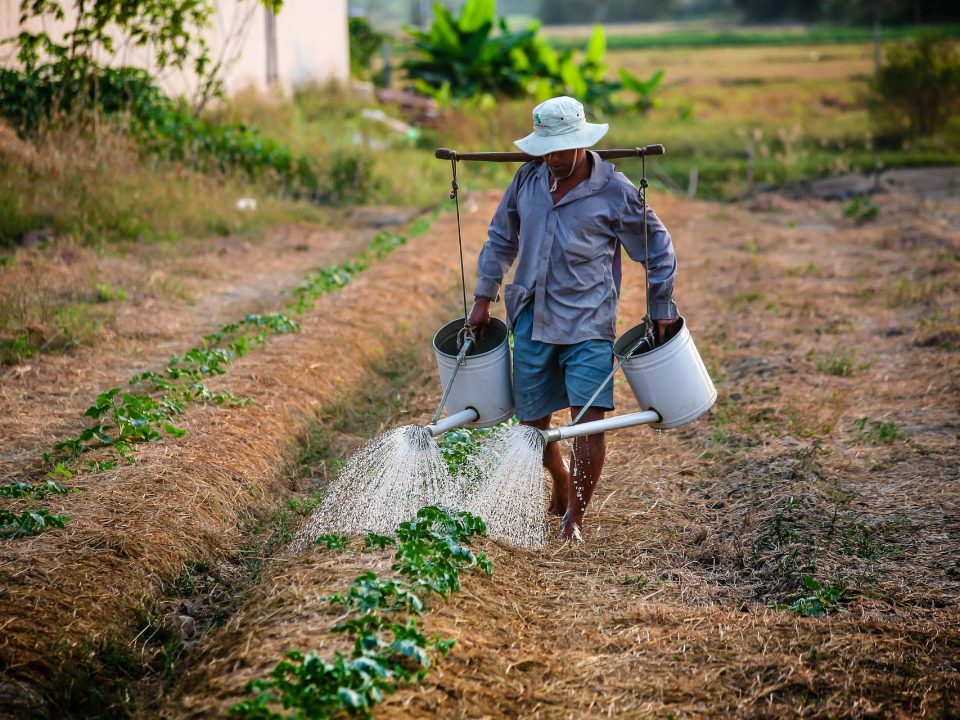Light & Plants

Plants awareness
March 29, 2019
medicinal herbs garden
April 11, 2019Light as an energy source for all life processes of the plant
Written by Ronen Kozushner, Natural Green Seeds, orseeds.com naseeds.com
Light as a source of energy for all life processes of the plant The light is essential to the plant as a source of energy for all life processes. With the help of light (through photosynthesis), the plant produces the glucose that is the source of energy for all its life processes. This is an autotropic feeding form – the plant itself produces the organic substances needed for its existence and does not need another organic source. Another form of feeding is heterotrophic – the animals that must receive organic materials ready (they eat other creatures – animals or plants).
Only a creature that does photosynthesis does not need organic matter ready. All other creatures need organic matter, they depend on the producers and hence the importance of the plant to all living things. In light of other roles in the plant’s life, light serves as an external signal to various developmental processes in the plant, for example: lethargy, leaf decay, etc.
Photopariodism – “Time of Light”. The number of hours of light, the change in the number of light hours – the shortening of the day or its extension all affect the plant (for example, the transition from the vegetative to the reproducative).
Pototropism – a phenomenon in which the plant grows in the direction of the source of light. In the growing plant without light there is a phenomenon of excessive elongation of the stem and its pale green color.
Photosynthesis process:
Creation of organic matter (= form of chemical energy). In this process organic materials (glucose) are constructed from inorganic materials (water and carbon dioxide) with the help of light energy. Photosynthesis occurs only in plants with chlorophyll. Photosynthesis creates an organic compound (carbohydrates such as glucose), water and carbon dioxide, with the aid of light energy and chlorophyll.
Photosynthesis occurs only in plants with chlorophyll. Chlorophyll is found in plant cells in the above-ground parts (green). Chlorophyll is found in cells inside a special structure called chloroplast. Glucose then becomes (with the help of enzymes of course) starch or other preservative material.
Photosynthesis is a basic process for the existence of all living organisms on earth for the following reasons:
The process produces organic matter (glucose) from inorganic materials (carbon dioxide and water) – the process that provides energy available to all life systems.
Oxygen is released in the process and is used to breathe living organisms. It is a process in which free oxygen is released into the air. The depletion of the green areas on the Earth’s surface reduces the oxygen level in the air and damages the living creatures.
Tying carbon dioxide in photosynthesis reduces the concentration of carbon dioxide in the air.
Who participates in photosynthesis?
1. Carbon dioxide coming from the air and absorbed by the plant through the openings of the stomata (her husband’s openings for gas exchange).
2. Water.
What conditions are required for photosynthesis?
1. Light – the source of energy for the process, the light is absorbed by the chlorophyll and serves as an energy source for photosynthesis. The required light intensity is important to the process, and under certain intensity photosynthesis will not occur.
2. Chlorophyll pigment (color material, pigment) Green that absorbs the light. Chlorophyll absorption spectra: Chlorophyll absorbs the light energy mainly in the red and blue-purple spectrum of the spectrum.
What are the products of photosynthesis?
Oxygen – gas emitted through the stomata out.
Carbohydrate – (glucose) used by the plant to:
A. Building the cells and substances that are formed in the cell (this carbohydrate will be used in the plant as a source for the formation of fats, other carbohydrates and proteins).
B. Energy source – The respiratory process will participate in this carbohydrate and respiratory process product will be energy molecules, ATP = which will be used as an energy source for all life actions in plant cells.
Adapting the plant to the light absorption
The light is absorbed in the plant in its green parts, mainly in the leaves. Good absorption of light is essential for the photosynthesis and maintenance of the whole plant. The plants are adapted to optimal absorption of light in many ways:
1. The entire structure of the plant – the plant is erect and exposed to light, the area of the face of the plant is very large relative to its volume and so corresponds to the maximum absorption of light and carbon dioxide. The subterranean section is branched and adapted to absorb water and minerals from the soil.
2. The nature of the growth and its direction – the nature of the growth and its orientation are adapted to the absorption of light. In the dark the stem of the plant is very long and the leaves are pale and do not develop. A phenomenon called “paleness”. The etiquette is the adaptation of the plant to the conditions of lack of light because the accelerated elongation allows the plant to reach the light quickly and efficiently before depletion of food stock in the cocoon or germ. Shadow plants – shade plants adapted to competition for light. Rapid growth, climbing other tall trees to the top are some ways to avoid shading. Some of the shade plants grow in season when most of the forest is fallen.
3. Leaf position and shape – The leaves are arranged in such a way as to allow optimal exposure to the light. The leafy position The petticoat in which the leaves are attached to the stalk The position of the leaves – vertically or horizontally, the daily movement of the leaves according to the direction of the sun or the direction of the source of light relative to the sun allows maximal light transmission.
Petiole and prey raised
4. Leaf structure – (tissue arrangement) leaf consists of two parts petioles and prey that allow maximum exposure to light.






